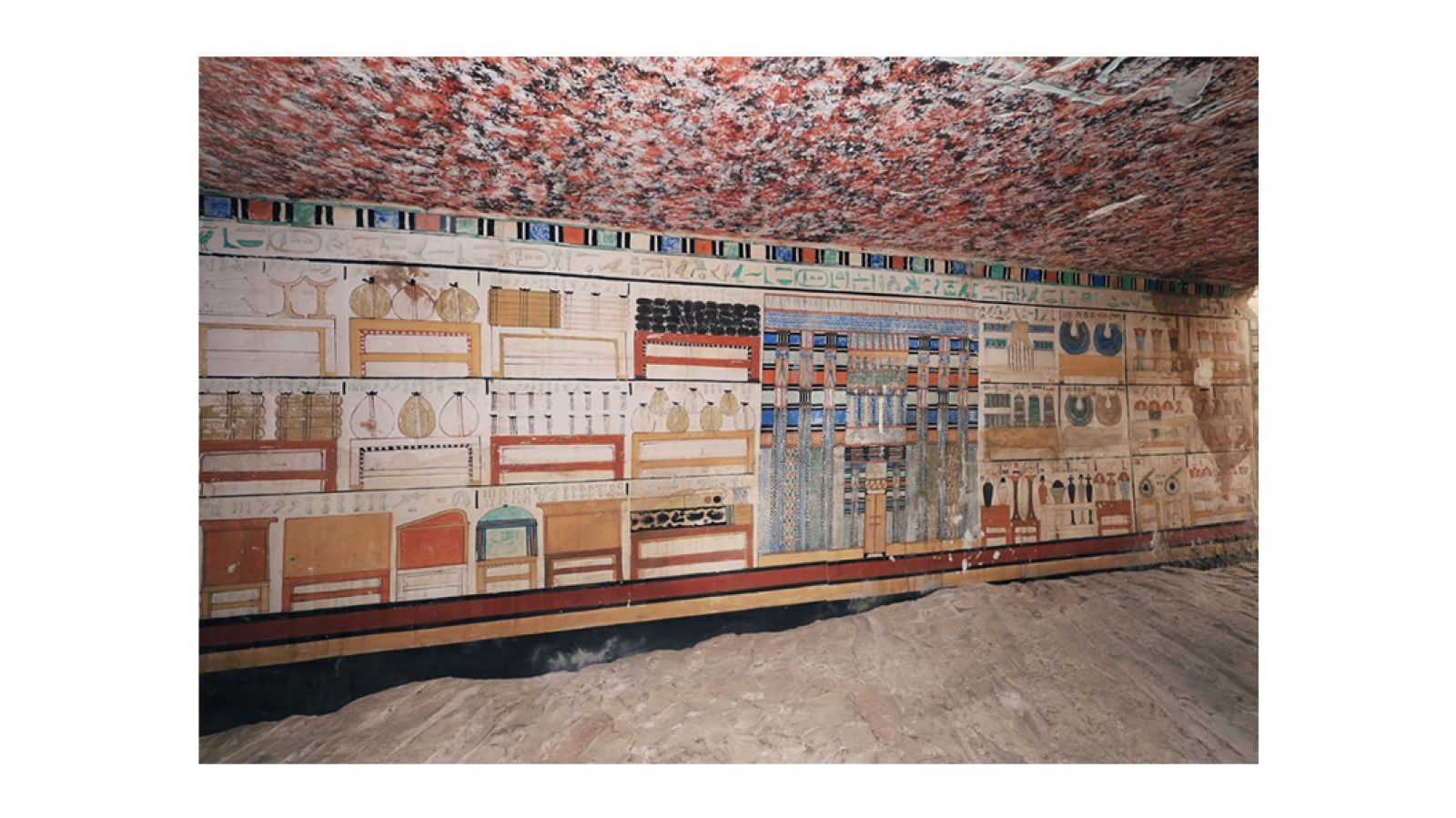A wizard priest resurfaces in Egypt, 4,200 years later 🧙♂️
Published by Cédric,
Article author: Cédric DEPOND
Source: Egyptian Ministry of Tourism and Antiquities
Other Languages: FR, DE, ES, PT
Article author: Cédric DEPOND
Source: Egyptian Ministry of Tourism and Antiquities
Other Languages: FR, DE, ES, PT
Follow us on Google News (click on ☆)
This physician, named "Titi Nep-Fu," was much more than a simple practitioner. During the reign of Pharaoh Pepi II, he held the prestigious titles of chief physician, dentist, and herbalism expert. His burial site, adorned with reliefs and inscriptions, attests to his exceptional status and his connection to the goddess Serket, protector against venom.

A scholar with extraordinary skills
Titi Nep-Fu was a central figure in the royal court. His medical skills, particularly in treating venomous bites, earned him an exceptional reputation. The inscriptions in his tomb reveal that he was also a priest and wizard, associated with ritual and religious practices.
Archaeologists have discovered a stone sarcophagus bearing his name and titles. The well-preserved walls of the tomb show scenes of offerings and depictions of daily life, providing a valuable glimpse into the Old Kingdom of Egypt.
A tomb hidden behind a brick wall
Titi Nep-Fu's burial site was concealed behind a wall of crude bricks, a detail that intrigued researchers. This hiding place allowed the tomb to remain intact despite earlier looting. The colorful reliefs and hieroglyphic inscriptions describe his multiple roles and his connection to the goddess Serket.
Archaeologists also found traces of another mastaba belonging to Ouni the Elder, vizier of Pepi I. These discoveries enrich our understanding of the administration and cultural practices of the time.
Saqqara, an inexhaustible archaeological treasure
The necropolis of Saqqara continues to intrigue researchers. With its pyramids and mastabas, it offers a unique window into the history of ancient Egypt. Recent excavations confirm its importance as a key site for the study of the Old Kingdom.
The work of the Franco-Swiss team continues, promising further revelations about this period. Each discovery contributes to piecing together the complex puzzle of Egyptian civilization.

Who was the goddess Serket in ancient Egypt?
The goddess Serket, often depicted as a woman with a scorpion on her head, was a major figure in Egyptian mythology. She was revered as a protector against venom and dangerous creatures, playing a key role in healing and protection rituals.
The Egyptians believed that Serket had the power to heal scorpion and snake bites. She was also associated with magic and medicine, often invoked by healers and priests. Her influence extended to the afterlife, where she protected the deceased.
Serket was closely linked to other deities, such as Isis and Nephthys, in funeral rites. She watched over the canopic jars, which contained the organs of the dead, and assisted in resurrection in the afterlife. Her role symbolized protection and rebirth.
Today, archaeological discoveries, such as the tomb of Titi Nep-Fu, show the importance of Serket in the daily and spiritual life of the Egyptians. These findings reveal how medicine and magic were closely intertwined in this civilization.
What is a mastaba in ancient Egypt?
A mastaba is a typical funerary structure of ancient Egypt, primarily used during the Old Kingdom. These rectangular monuments, with sloping walls, served as tombs for nobles and high officials before the advent of pyramids.
Mastabas were built of crude bricks or stone, with a chapel accessible to the living for offerings. They housed an underground burial chamber where the deceased rested, as well as spaces dedicated to funerary objects and inscriptions.
The walls of mastabas were often decorated with reliefs and paintings depicting the life of the deceased, their titles, and their accomplishments. These decorations offer a valuable glimpse into the culture and beliefs of the time.
The most famous mastabas are found in Saqqara, where they served as models for the earliest pyramids. These structures testify to the architectural and religious evolution of ancient Egypt, marking a key stage in the history of funerary practices.